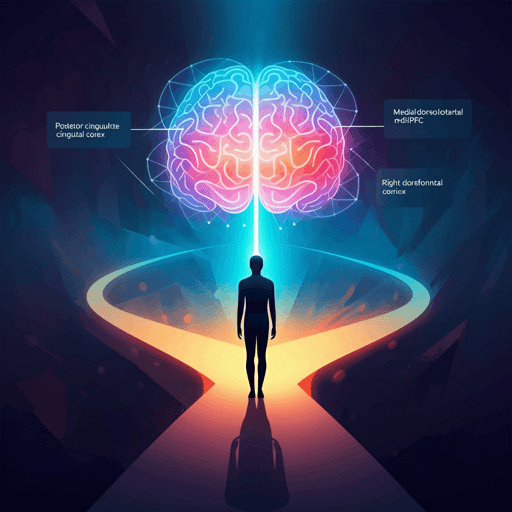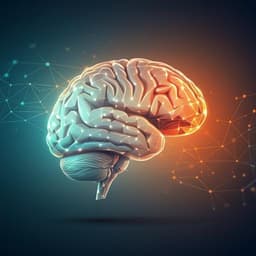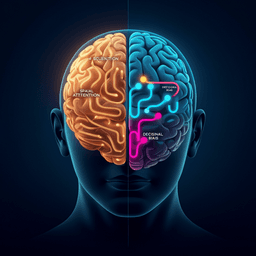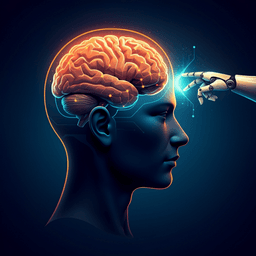
Psychology
Decision-Making with Predictions of Others’ Likely and Unlikely Choices in the Human Brain
N. Ma, N. Harasawa, et al.
To predict others and make better value-based choices, humans rely mainly on a "primary" value difference from likely choices and sometimes a "secondary" difference from unlikely ones; fMRI and computational modeling reveal PCC and rdlPFC roles with mPFC integration—research was conducted by Authors present in <Authors> tag.
~3 min • Beginner • English
Related Publications
Explore these studies to deepen your understanding of the subject.







